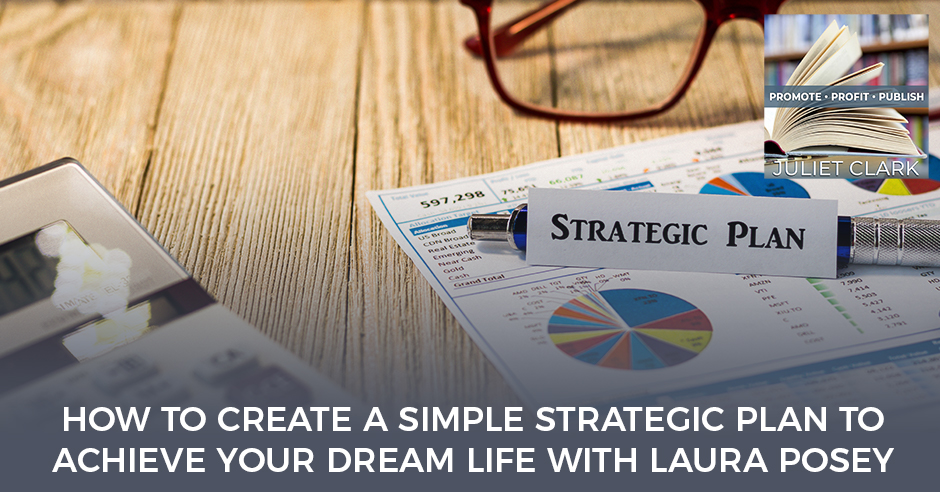
You don’t need an intimidating framework to plan out your business. All you need is a simple strategic plan that is actionable and custom-built for the life that you want. That’s what Simple Planning Specialist Laura Posey learned from her career – lessons that she imparts to her clients at Simple Success Plans. Returning to the podcast with Juliet Clark, Laura shares her experience with a dead-end company, how an epiphany inspired her to dismantle it and start from the top and how she took the lessons from that experience to help businesses streamline their approach to growth and success. Learn how you can design a business that helps you achieve the life that you’ve always envisioned for yourself. Join in!
—
Watch the episode here
Listen to the podcast here
How To Create A Simple Strategic Plan To Achieve Your Dream Life With Laura Posey
We have another exciting guest. Before we get started, I want to invite you to go over to YouTube and like us, subscribe over on Super Brand Publishing. If you’re on iTunes, please leave us a review. We’d love to hear what you have to think about the show, but only if it’s good. If it’s not, go away. Don’t forget to go over and take our Promote, Profit, Publish Quiz at PromoteProfitPublishQuiz.com and find out if you’re ready and if your visibility is in place to be published or even be out in the world yet. You’ve got to build an audience before you do anything.
My guest, this is the second or third time I have interviewed her. Her name is Laura Posey. She’s an internationally recognized speaker, author and consultant. She is known as the Simple Planning Specialist for her unique ability to simplify and easily laser focus her clients to get dramatic results. Her Simple Strategic Plan is used by over 2,500 companies and from startups to Fortune 100. She’s the author of How to Plan Your Entire Year on One Sheet of Paper and co-author with Jack Canfield of Mastering The Art of Success. She’s a graduate of SUNY at Buffalo and holds an MBA from Virginia Commonwealth University. She’s fluent in German and working on her Spanish. When not on stage or with a client, you can find her traveling the world playing golf and practicing the fiddle or snuggling with her rescue mutt, George at their home in Richmond, Virginia. She’s coming to us from Australia where she was traveling during COVID-19. She’s there so long now, she’ll be a resident soon. Welcome, Laura.
Thanks for having me. I love that bio. I was like, “That doesn’t sound so bad.” Never write your own bio because we have this thing where we don’t want to brag about ourselves. If you have somebody else write your own bio, they’ll say things that you would never say so you sound great.
When I was on my third branding of my company, one of my coaches said, “Where did you work? How did you get into this?” I started talking like, name-dropping the companies. He was like, “I don’t see that anywhere in your bio. That’s important.” You have this Simple Startup Plan that we’ve talked about on a couple of shows. Tell us about why you did it. What’s it all about?
It’s about building your business by design and instead of showing up, winging it and putting some stuff together. It came about because I came out of corporate, like a lot of people do and said, “I’ve had enough of all these people. I want to do my own thing.” I started a sales training company and what I did was I built a job with no boss. I replicated what I knew how to do, which was to have a job. Get an office, put on a suit, do some training, make some sales, it was a nightmare. I hated it. I had a business partner, who was a great guy, but a terrible businessman.
It’s funny. In my dream, he did the same thing that he always did. He went out and spent money we didn’t have on stuff we didn’t need. It sucks to go to work every day and be hustling your butt off and having somebody spend your money. I built this business that I hated. It was an absolute nightmare. I ran away from home for a couple of weeks. I ran out to Sedona, Arizona and went hiking. I had an experience where I got up one day, I almost died on that hike. I almost fell off the side of a mountain because I missed a turn in the trail and ended up scaling a rock face.
I don’t rock climb. I got up so high. I didn’t know how to get down. Luckily, I was able to get out of there, but it shook me. You have those moments where something happens and you have that epiphany. I went, “This is exactly what I’ve done with my business.” I got up that day to hike. I didn’t have a map. I didn’t know. I had a bottle of water. I thought, “I know how to hike. I can do this.” I went off and I missed to determine the trail and almost died. This is exactly what I do with my business. I’m like, “I know how to sell. I know how to do sales training, let’s go and do that.”
It was like, “I need a map. I need a plan for how I’m going to build this business and I need to figure out what I want to build because this isn’t it.” I sat down and created this strategy. I forced myself to put it on a single sheet of paper because I know me, if it was anything more than that, I wasn’t going to use it. It had to be something that had to be like a daily reference. It worked well. I went home and dismantled the business and bought out the business partner. I changed everything and turned it around. I started building the business that I love, that satisfies me financially. It gives me the time freedom that I wanted, but it also satisfies me emotionally.
Build a business that delivers so you can design your life and do what you want. Share on XI love what I do. I enjoy working. I started using it with other clients because I would be going off to do some training with them and they’d be asking them like, “What are you trying to build?” “I don’t know. I figured it’d be growing 20% of this year.” “Why 20%?” “I don’t know. It seems like a good number.” I was like, “Time out. Let’s step back here and decide what it is that you want and then we can build a clear path to it.” It was like magic. People were getting results and we’ve never gotten before. I realized that was my passion. I love being able to take that overwhelm, that confusion and frustration, and turn it into clarity, focus, confidence and watch people. It’s like slim and their foot on the gas pedal. It’s beautiful. I love it.
One of the other people I’ve had on the show, Catherine Bell, is always saying, “Go by the numbers, the numbers tell you what to do.” She says what you do about the business plans. People when they do them and then they shove them in a drawer. They don’t ever reference back and probably because it’s that big stack of papers. They spend a lot of time on it and it’s always a guesstimate anyway. What are we doing these big plans for?
There’s value in the planning process. There’s value in thinking through all of these things, but if you’re not going to use the plan, it’s the wrong planning process. If it’s not a tool at the end to get you where you want to go, if it’s not an actual blueprint and a map of step by step guide for what you ought to be doing, what’s the point? In my view, I hate wasting time. I hate investing my time in something that isn’t going to pan out. I’m perfectly happy to sit on the couch and watch Netflix. People could say, “That’s a waste of time. That’s entertainment.” I don’t consider that an investment. I get pissed off when I take a course or something, or I read a book and there’s nothing to do. There’s nothing actionable. A lot of times planning as a thought process and not something that’s actionable that you can use every single day.
I’m a big audiobook reader. I usually will read and listen to a book. If I hear there are actionable steps and it’s something I’m going to use, I will purchase the softcover. There’s no sense in me purchasing a bunch of soft covers that are going to sit around the house if I’m not going to do the exercises in them. I know exactly what you’re talking about when you say that. You’ve got this down, but it’s not just numbers. It’s also more about how you want to spend your time. What’s your love? Talk a little bit about that.
I liken building a business to building a house. You don’t build a house because you need some basic shelter. If you’re going to build a house, you’re going to build something that you love. People build their dream house. They think about, “How am I going to live in this house? Do we want entertaining space? Do we want a place for people to come over and stay? Do we want an open floor plan or a close floor plan? Do we want a pool? How many bedrooms?” They think about the style. How did they feel when they walk into this home? This beautiful picture in their mind of what they want.
We don’t do that when we go to build a business so often. We take this skillset that we have and we try to turn it into cash in whatever way we can. When you step back and take a step back behind the business and say, “How do I want to live my life? What things do I want to be involved in? How do I want to spend my time? How much money is it going to take for me to have the lifestyle that I want? Where do I want to live? Do I want a big house? Do I want two houses? Do I want to vacation a lot? What hobbies do I want to invest in? How much time do I want to be able to spend with my family and my friends?” Design your life and decide like, “This is what we want.”
Build a business that delivers that because it’s too easy to build a business that either doesn’t deliver the money or time. Take it even a step further, it doesn’t deliver the location freedom. You’ve got to think through, “How do I build a business that serves the life that I want to live?” Once you have that, the rest of it, the how to build it becomes a lot easier. It becomes a lot clearer. A lot of times people don’t take that time to step back and go, “What do I want?” It’s the equivalent of going down to Lowe’s and saying, “I’m going to buy a bunch of stuff that looks like it’s going to go in a house and I’m going to take it home and start putting it together.”
That’s how most people build their business instead of being intentional about it and working through the process of putting that blueprint in place and envisioning what they want. Drilling it down to step by step. Your dream house is built by a bunch of minimum wage workers. You can build a $1 million house with a bunch of minimum wage workers because there’s a plan. You don’t even have to be there. Somebody else can run it for you. It’s the same thing with the business. If you’ve got a good plan in place, you can do the work. You can build it yourself, or it makes it easy to outsource projects and hire people to build it with you.

Simple Strategic Plan: There’s value in thinking through things, but if you’re not going to use the plan, it’s the wrong planning process.
Especially for solopreneurs, we take a skillset we have, and then we say, “One day,” whether it’s because we wanted to, or because we lost a job, I hear that a lot. “I lost a job, so now I’m this. I built a job of my own and now I’m not making any money with it.” It’s putting down those intentional steps. In 2010, I decided I wanted a business that I could pick up and do from anywhere and travel the world. It wasn’t until 2016 when I had a tragic event happen that I realized, “I built that.” I’m not doing anything with it. Having that intentional and having those deadlines and saying, “This is what I’m going to do this year. This is what I’m going to learn to get there.” You and I talked about on the last episode about how far behind the curve so many people are with online businesses. Tony was one of the people who jumped on and said, “Do you think that’s true?” That’s where this plan is important. If you think you’re going to be an online entrepreneur, you’ve got a heck of a lot of stuff to learn, to catch up to the rest of us.
I was talking to some clients, a bunch of coaches and consultants, and they’re used to doing in-person stuff. They’re like, “I do workshops. I fly all over the place. I’m trying to figure out how to do it virtually.” It’s like, “You are way behind.” There are a lot of other people out there that are already doing it, figured out and had been working that way for years. I don’t think we’re going to go back to as much in-person stuff. We’re going to, there’s going to be in-person stuff. I don’t think it’s going to be as intense as it has been. A lot of people are getting used to. I’m talking to my clients and they’re saying half of their workforce is asking to stay at home permanently. The other half is desperate to get back to the office.
Those are the people with kids.
Especially small kids, they’re like, “I don’t want to homeschool. I want to get out of this house. I want to put on adult clothes and talk to adult humans.” There are a lot of other ones that are like, “This work from home thing. Don’t make me go back.”
I’ve talked to a lot of customer service reps, people like that are working at home. I was talking to one of them and he said, “I have two hours a day now that I’m not in the car driving, I don’t know what to do with myself.” I’m like, “Take a course. What have you been doing with the time?” He’s like, “I drink and watch TV.” I’m like, “You’re going to have to change that.” If this becomes a permanent thing, you’ve got to do some different things. People are lost in that sense that, “It’s great to not be in a car, but what do I do with that time now? I need a hobby.”
That life design comes into play. It’s like figuring out what makes you happy. Granted some of the things that are your hobbies or things that you can’t do right now. Some of that stuff has been put on hold temporarily. There’s a lot of other stuff you can do. You could learn more about that hobby. It’s like if you can’t play golf, learn more or buy some equipment and put it in the backyard or chip in the backyard. I chip in my house. I have a putting green in my house. I can play whenever. It’s like, create the design. One of the things we’ve been saying all year is, “Change your tactics, not your goals.” If your goal is to shave ten strokes off your golf score, you’re not going to go to the driving range to do that. It’s closed. Find some new tactics. How can I play golf at home? How can I improve my swing at home? If you live in an apartment and you feel like you can’t even do that because you’ve got kids and dogs and all kinds, golf is a mental game. Practice the mental side of golf, practice the visualization. There’s a way to do it.
Golf is my go-to during this break. I’ve taken a break for years and now I’m looking for new clubs. I sold mine. I haven’t played since 2013. I decided to come with this break. I’m going to take it up again. That’s funny referencing golf. I need a new putting green in the house.
Get a putting green. You can get a little set to chip because it’s all about the short game.
Change your tactics, not your goals. Share on XAlthough my mind never was, I was always better at the long game. I used to have all those things in the house. I lived at a golf course, I better get tired.
Putting is 50% of your score.
It’s patience, which I have none up so I have to learn how to do it better.
It’s a Zen thing. I spent a year working on my short game. It took fifteen strokes off my score.
Let me ask you this. Are you a Type A personality?
No.
I totally am. For me, I’ve never found it relaxing because I’ve got to do everything perfect. Maybe now that I’m older, I don’t know if I’m any wiser, but maybe now that I’m older, I’ll find it relaxing. I doubt it though. This one-pager, tell us about the program. You have a low-cost program. I started this program back before COVID-19 and then she and I talked because I felt like my whole game plan changed. It’s a good thing. She told me that’s the best time to redo it. I want you to keep that in mind when she’s talking about it. I know a lot of us are having to pivot. It’s what we’re having to do.
Pivot is a word Silicon Valley execs use, which means we were doing shit that wasn’t working. We’ve got to try something else.
I told you at the beginning of the year, I was on a summit. The guy came to me and he said, “We’ve got high-level entrepreneurs here. I want you to do X instead of Y.” I was like, “I don’t like to do that.” He was like, “Do it.” I did it. I sold and loved it. That was my pivot. When I went to you the first time, I need to redo it with this now.

Simple Strategic Plan: Programming your business to achieve your dream life doesn’t take a long course. At Simple Success Plans, it only takes three hours.
Everything that I do with my clients one-on-one, the things that we do in a group and I’ve put it into an online course. It takes about three hours to get through the whole thing. I don’t believe in big long, twenty-hour, let me tell you everything that you could possibly ever want to know about this subject. It’s little short videos. “Here’s ten minutes. You need to know how to do this thing, now go and do it.” For every single video, there’s a worksheet. You answer the questions. It’s not like, “I have to sit down and think of it,” answer the questions and the questions will become the answers that go in the plan.
It starts with designing the dream life. It’s a cool thing. I haven’t seen anybody do this. We do what we call a life vision calculator. It’s like, “This is the life I want. How much is it going to cost? How big does my business have to be?” You can build a business that’s bigger than that. That delivers more money than what you think you’re going to need. I hear people all the time. I’m like, “How big a business do you want?” They’re like, “$1 million.” Let’s think about what’s it’s going to take to build a seven-figure business because a lot of people don’t want to do what it’s going to take. Most people don’t need a million-dollar business to have the life that they want to have.
We walk you through a life vision calculation so that you can figure out, “How much money do I need to have this life that I want? How do I build a business to create that life?” We walk through like, “What does the business have to look like? What’s the vision? What are your targets and your goals? What are the activities? What are the weekly things that you’re going to have to do to build this business over time? What are the projects that have to happen?” We wrap it all in this nice, beautiful one-page format. What we have you do is you take your answers from those worksheets and you put them in this form.
Our system automatically sucks it all in there and puts it in this beautiful one-page format and delivers it right to your inbox. It’s all formatted, pretty, and gorgeous. That part is done for you. You don’t have to try to put stuff in the boxes. You don’t have to figure that part out. We’ll take care of it for you. We’ve done as much of the work for you as we can. It’s about you taking this system and customizing it for the things that you want in your life, for your personality, for your desires, for your type of business. We’ve done it with thousands of different kinds of businesses. We haven’t found one yet that it doesn’t work for.
For those of you saying, “I don’t have three hours,” I usually don’t have three hours. I broke it up into a lesson a day, which was about 10, 15 minutes. It was easy to get through. How do we get this automagically program?
It’s SimpleSuccessPlans.com/strategic. You’ve got a little code in there for you straight up on our website. It’s $397. I put a little code in there on that page that’ll save you 75%. You can get the entire program for $97.
Laura, thank you so much for being on. We appreciate you taking the time again.
Important Links
- Super Brand Publishing – YouTube channel
- iTunes – Promote, Profit, Publish
- PromoteProfitPublishQuiz.com
- Simple Strategic Plan
- How to Plan Your Entire Year on One Sheet of Paper
- Mastering the Art of Success
- Catherine Bell – Past episode
- SimpleSuccessPlans.com/strategic
About Laura Posey
 Laura Posey is an internationally-recognized speaker, author and consultant. She is known as The Simple Planning Specialist for her unique ability to simply and easily laser focus her clients to get dramatic results.
Laura Posey is an internationally-recognized speaker, author and consultant. She is known as The Simple Planning Specialist for her unique ability to simply and easily laser focus her clients to get dramatic results.
Her Simple Strategic Plan is used by over 2500 companies from startups to Fortune 100. She is the author of “How to Plan Your Entire Year On One Sheet Of Paper”, and co-author with Jack Caneld of “Mastering The Art Of Success”.
Laura is a graduate of SUNY at Buffalo and holds an MBA from Virginia Commonwealth University. She is uent in German and is currently working on her Spanish. When not on stage or with a client, you can nd her traveling the world, playing golf, practicing the ddle or snuggling with her rescue mutt, George, at home in Richmond, VA.
Love the show? Subscribe, rate, review, and share!

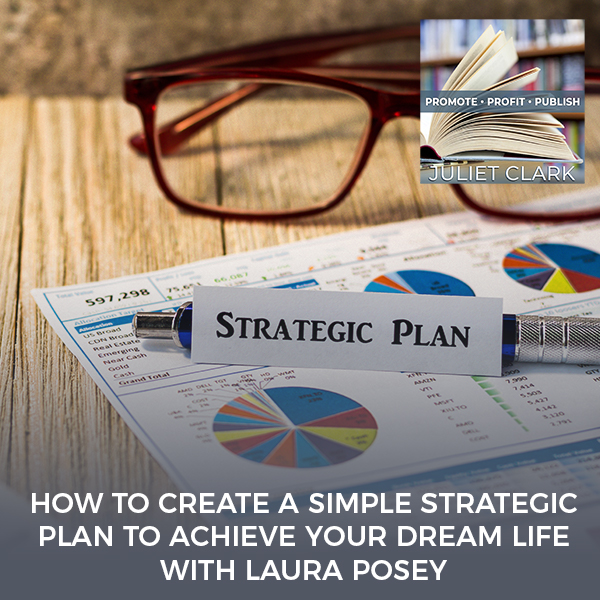


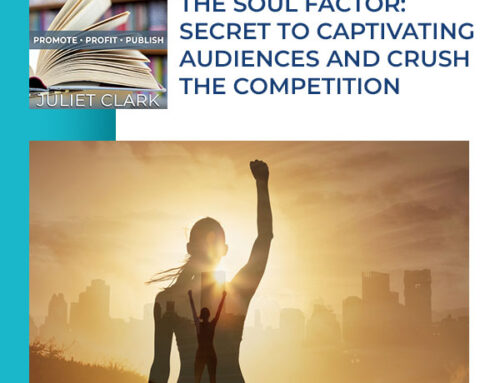
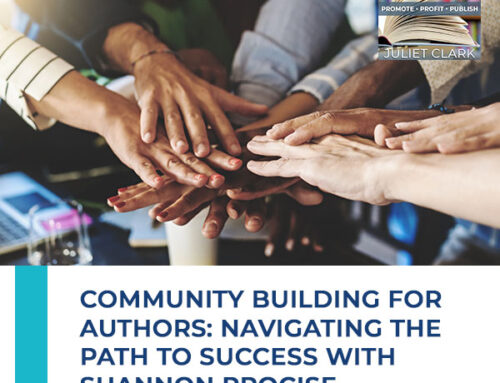
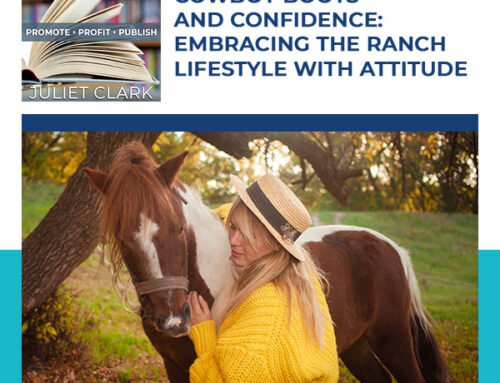


Leave A Comment